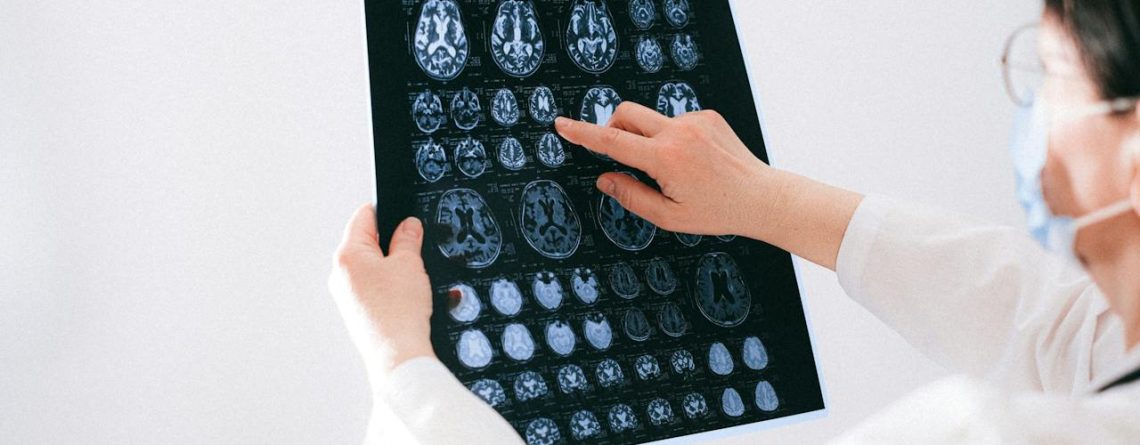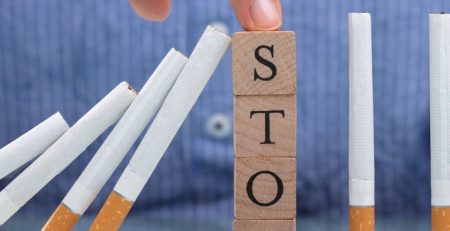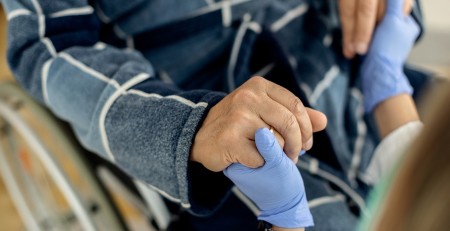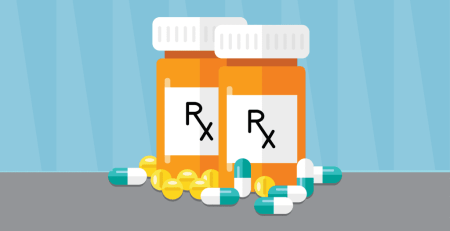A Comprehensive Exploration of Post-Stroke Depression and Its Management Strategies
Stroke, a devastating event affecting millions worldwide, not only alters physical health but also has profound implications for mental well-being. Post-Stroke Depression (PSD) is a prevalent yet often overlooked consequence of stroke, impacting the recovery and quality of life of survivors. In this article, we will explore the nuances of PSD, drawing insights from studies and articles, and shedding light on effective strategies for identification and intervention.
The Silent Struggle: Post-Stroke Depression Defined
Post-Stroke Depression (PSD) is a mood disorder that can manifest after a stroke, affecting up to one-third of stroke survivors, according to a study published in the journal Stroke. It goes beyond the expected emotional response to a life-altering event, becoming a persistent condition that requires attention and targeted intervention.
Studies Unveiling the Link Between Stroke and Depression: Research has progressively uncovered the intricate relationship between stroke and depression. A meta-analysis published in the Journal of Psychiatric Research in 2020 emphasized the bidirectional nature of this association, suggesting that individuals with depression may have an increased risk of stroke, while stroke survivors are more susceptible to developing depression.
The Impact of PSD on Recovery: “Post-Stroke Depression can significantly impede the rehabilitation process,” notes Dr. Sarah Johnson, a neurologist specializing in stroke recovery. “It’s not just about the physical aspects; the emotional toll can hinder motivation and engagement in therapies critical for regaining functionality.”
Identification and Diagnosis:
Recognizing PSD is a complex task due to the overlapping symptoms with the natural response to a stroke. However, healthcare providers are increasingly relying on standardized assessments, such as the Patient Health Questionnaire-9 (PHQ-9), to screen for depressive symptoms in stroke survivors.
According to a study in the Archives of Physical Medicine and Rehabilitation, routine screening for PSD is crucial, as prompt identification allows for early intervention and improved outcomes.
Treatment Approaches:
Effective management of PSD requires a multidisciplinary approach involving healthcare providers, mental health professionals, and the support network of the stroke survivor. A comprehensive treatment plan may include psychotherapy, pharmacotherapy, and lifestyle modifications.
Psychotherapeutic Interventions: Cognitive-Behavioral Therapy (CBT) has demonstrated efficacy in treating PSD by addressing negative thought patterns and promoting coping strategies. A study in the Journal of Consulting and Clinical Psychology found that CBT, when integrated into stroke rehabilitation programs, led to significant reductions in depressive symptoms.
Pharmacotherapy in PSD: Selective Serotonin Reuptake Inhibitors (SSRIs), commonly used in treating depression, are often the first-line pharmacological intervention for PSD. A meta-analysis in the American Journal of Geriatric Psychiatry affirmed the effectiveness of SSRIs in reducing depressive symptoms among stroke survivors without compromising safety.
Lifestyle Modifications:
Beyond formal interventions, lifestyle modifications play a pivotal role in managing PSD. Regular physical activity, social engagement, and a well-balanced diet can contribute to overall well-being and positively impact mood.
Post-Stroke Depression is a complex and prevalent condition that demands attention within the broader landscape of stroke recovery. Understanding the intricate interplay between stroke and depression, identifying symptoms promptly, and implementing a comprehensive treatment plan are key steps in addressing PSD. By acknowledging the emotional aftermath of stroke and providing holistic support, healthcare professionals can pave the way for a more resilient and fulfilling recovery journey for survivors.











